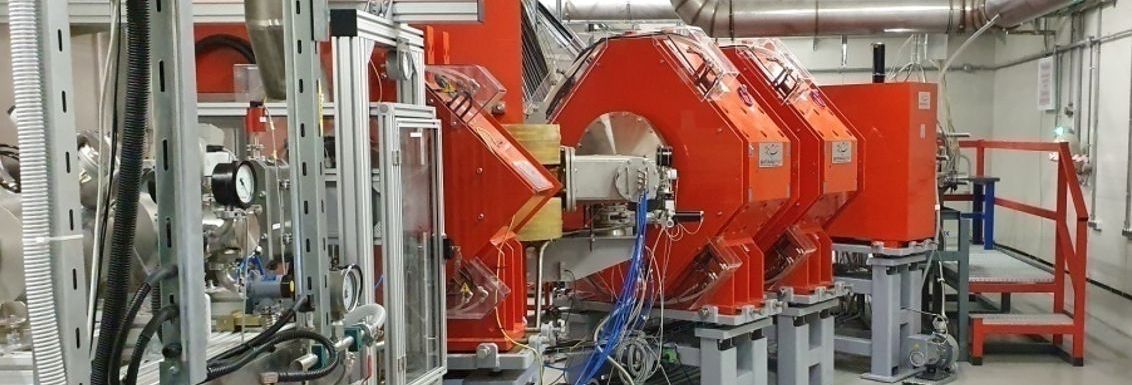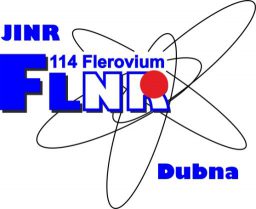SHE Factory experiments
Two important SHE Factory experiments were successfully completed at FLNR this summer. One of them resulted in synthesis of new Ds isotope, the other summed up preparations for the study of element 112 and 114 chemical properties. Details by A.V.Karpov, Doctor of Sciences, FLNR Scientific Secretary.

New Ds isotope was synthesized in DGFRS-II experiment which started shortly after May holidays and was completed by the middle of June. DGFRS-II (Dubna Gas-Filled Recoil Separator) was put into operation in 2020 and was intended mostly for the synthesis and study of SHE decay properties.
This experiment was the first try to synthesize Ds isotopes in 48Ca and 232Th reaction. For Ds theory predicts a local stability minimum. That means that both lighter and heavier elements (up to element 115) must have large cross sections (probability of formation) and “live” long enough. From element 116 on the theory predicts a decline again.

The main idea was “to feel the stability bottom” and to verify the theory this way. Properties of element 119 and 120 are predicted by the same theory. That makes it very important to be sure in the predictions to stage element 120 experiment on a good basis.
The experiment lasted long enough, nearly a month. Only on the next to last day our scientists were lucky to get an important result: one event of formation of absolutely new element 110 isotope of 276 mass number. Tiny formation cross section, very low survivability and stability – what was expected basically in theory. Besides the new element 110 isotope was synthesized. Before SHE Factory it was absolutely impossible. This is the third new isotope synthesizes in SHE Factory experiments for only a year and a half of its operation.
This summer second SHE Factory experiment was a preparation for this autumn experimental study of Cn and Fl chemical properties. Study of Cn and Fl “chemistry” will be included in the Minobrnauki of Russia megagrant report.
Mercury atoms were tested during first two weeks of June. Some complications arose during this experiment because Swiss part of the team couldn’t come to Dubna so FLNR scientists and engineers had to do a lot of additional job to prepare the experiment and necessary equipment.
By the middle of June this DGFRS-III test experiment was over. The separator has two outlets: one for experimental studies of nuclear-physical properties and structure of superheavy nuclei, the other – to study chemical properties of superheavy atoms.

By the end of 2021 DGFRS-III installation and commissioning were completed and first 48Ca ion beam test experiments were carried out. In February 2022 the separator was ready to operate but some preparatory work for its detecting equipment including recoil nuclei catching camera, automated gas transportation system and chromatographic detector as well as sorting out some technical issues took two more months, till May.
These test experiments were very important. They showed how heavy element atoms were slowed down in gas. Gas filled camera was connected to the separator. Flying atoms in it should stop, got neutralized by tearing electrons off gas atoms nearby and then those neutral atoms are transported to detectors through the thin capillary.
This whole system was assembled. Now its optimal parameters such as proportion of gas mixture, camera parameters, etc. should be determined.
These days the Factory as all FLNR accelerators is shut down for preventive maintenance and will be put into operation again in September. The results of this June experiments are being analyzed in the Laboratory. Preparations for element 112 and 114 chemistry experiments will be continued in September.
